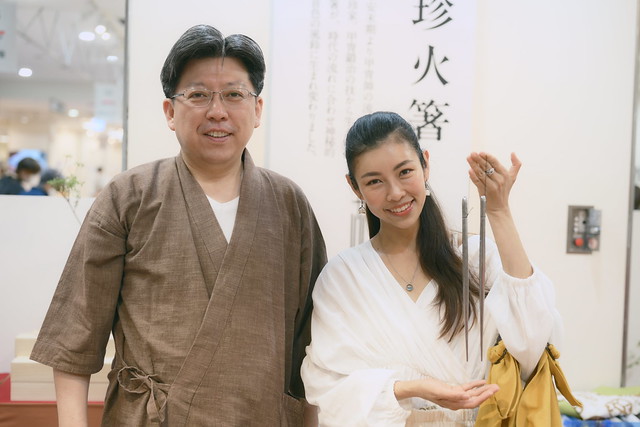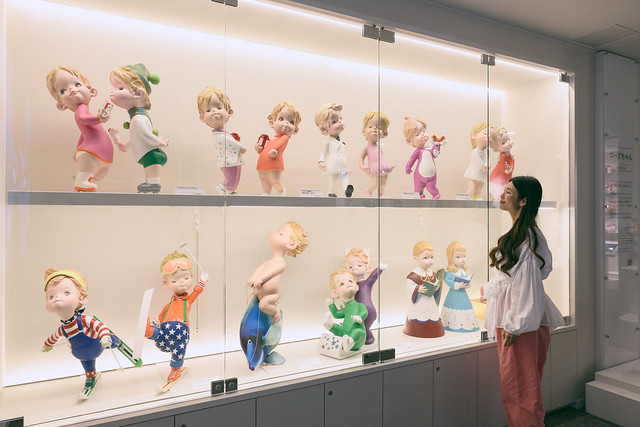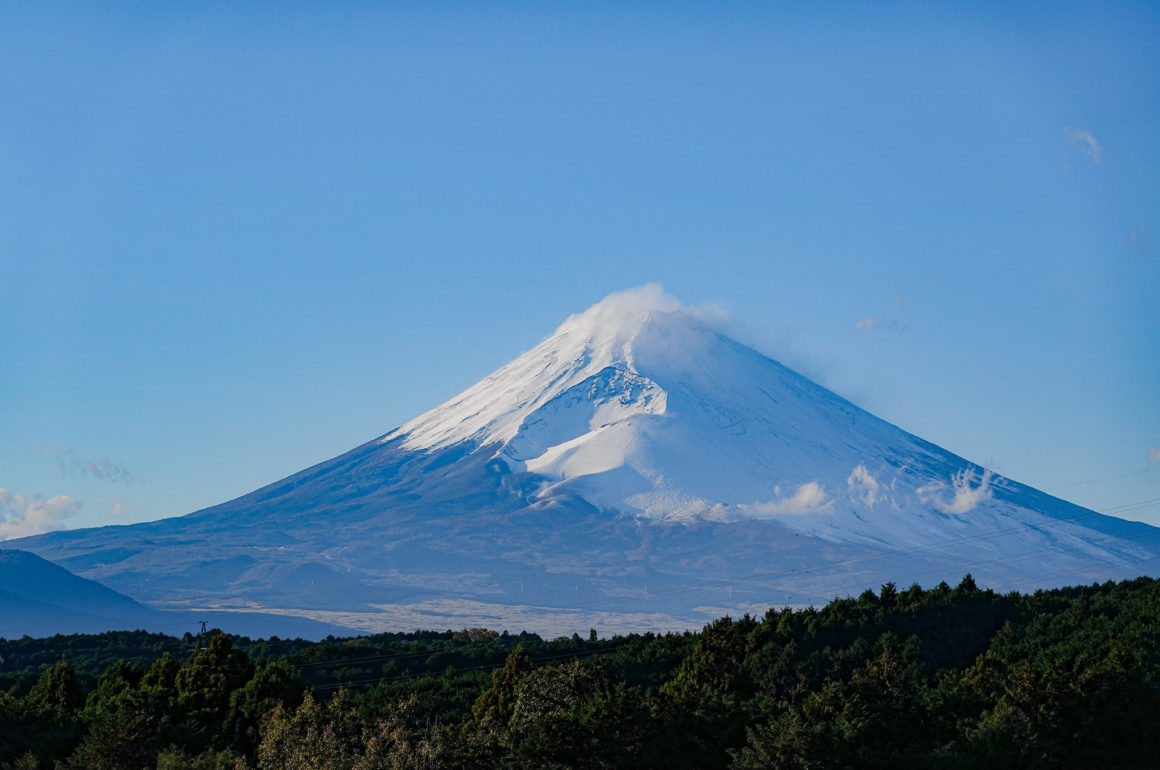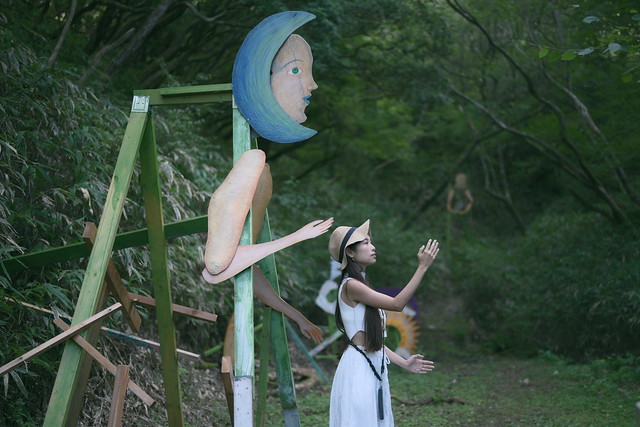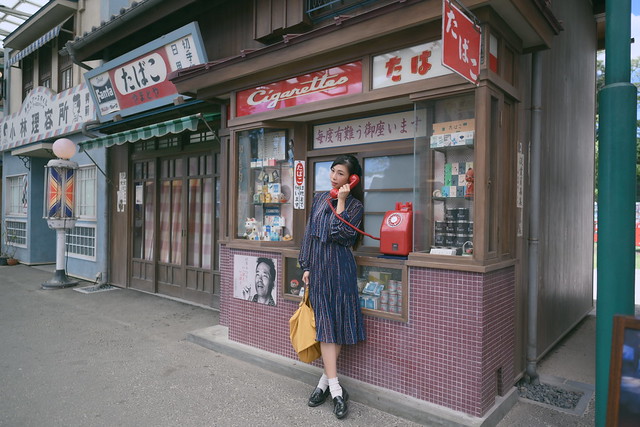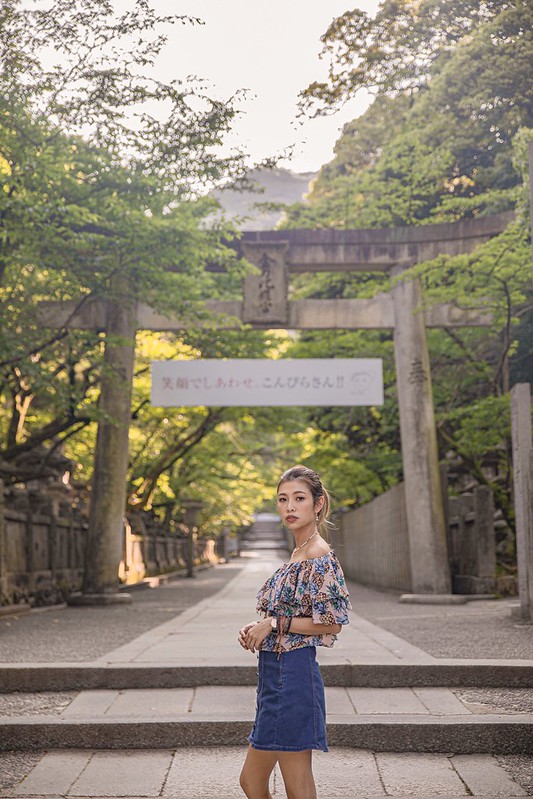
Read my previous post on Takamatsu City, Kagawa Prefecture.
Konpira Shrine, Kotohira
Kotohira (琴平) is a small town outside of Takamatsu city, and it houses the largest shrine complex in the whole of Shikoku – Kotohira Gu or Konpira Shrine – or nicknamed Konpira San by the locals.
I love this shrine simply because of how challenging it is – you will have to climb 785 steps to reach the main shrine at the summit. And of course… 785 more back down. EVen the stairy Batu Caves in Kuala Lumpur has only 272 steps. Speaking of spiritual devotion!
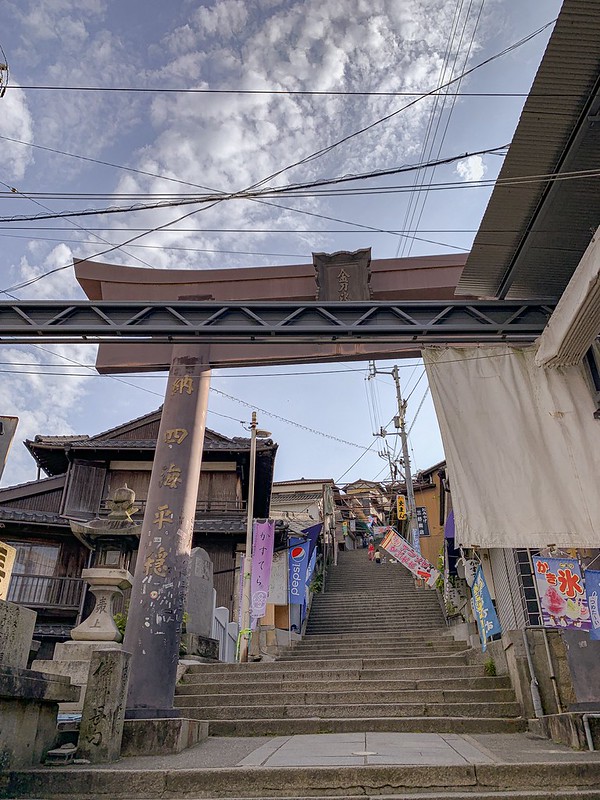
You will start your journey going through the sando (shrine road).
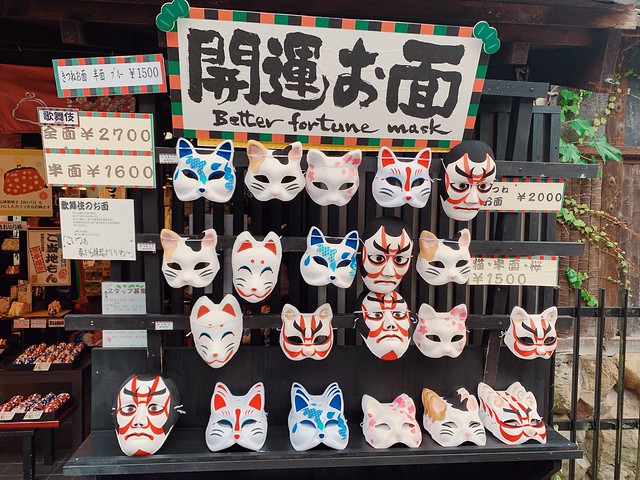
The long path leading up to the shrine has lots of restaurants and souvenir shops along the way.

You will be attracted to all sorts of novelty desserts if you are a sweets person. There’s the “Yomeiri Soft Serve”, topped with colorful fluffy balls.

And if you are a negi lover, try the Kamatama Soft Serve that’s topped with… negi (!?!).

Wait wait wait. I cannot make up my mine. Look, There’s Konpira pudding that’s… topped with matcha ice cream?!

Take your pick carefully, else you will really end up with too much dessert. But that’s ok. We are taking 785 steps up, remember? Burn baby, BURN!
Oh… what if you really get too tired??

No worries. These gentlemen will carry you up, not all the way, but at least a more than half way up until the big shrine gate.
So here’s how it goes:
First, you are sooo excited looking at stuff, and also deciding which dessert to buy for the journey, that you don’t even realize that you are climbing up stairs. The steps are not steep and you are just having too much fun.
And then, you pass through the abovementioned large gate, and there’s where all the fun stops, because there’s no more shops around.
Instead, you are greeted with a sense of dignified stillness.

It was a stark contrast of the hustle and bustle down at the lower shrine road. The air feels crisp (just like inside any shrine complex), you know that you have entered a divine territory.
I’m not all that a spiritual person considering how much I love visiting shrines, but there’s something about these sacred sanctum. Maybe all these jinja-hopping has made me a little more sensitive towards feeling “air”, but you just know when you step into one.

It’s strange, because no matter how hot the weather is, I always feel cool breezes within a shrine complex, and calmness that surrounds the entire place. I am always prompted by the nature to take long, deep breaths, as if the gods are calling for me to relax and forget about everything else for the moment.

That’s why I really, really love shrines. It’s like mental yoga for me.

Do you feel it?

Here we are!
This is the main shrine. It was a rather quiet day so the more I felt the zen in the air.

There’s also always something special about the trees at a shrine. They are… magnificent and very alive. I always touch (or hug if no one is looking lol) them to rub some divine power onto me.

The deities at Konpira Shrine are the guardians of the sea, so in olden times fishermen and sailors will come here to be blessed for maritime safety.

You can find lots of marine-related items here, including a real-life mini submarine.

You will also find the iconic Konpira dogs here, even the amulets has a cute mini canine figurine attached to it.
In the Edo era, Konpira Shrine was already an extremely popular pilgrimage spot (it was on many Edo townsmen’s bucket list – to visit at least once in their lifetime!), but making it all the way there from all over the places afar was a difficult task. So it was common for someone to send a dog instead of visiting the shrine personally.
As you can see the dog is wearing a small pouch on its neck, which contains offering to the shrine, and some travel expenses for the dog, the master would send the dog from home on its journey to the shrine, where the dog would meet various travelers and villagers who would help take care of it and lead it on its way to the shrine. When the dog reaches the shrine, and amulet will be put into its neck pouch, and again it will rely on people along the road to make its way back home to its master.
It’s quite impressive when I thought about it. There’s money in the pouch and unless it’s a ferocious wild dog, how tempting and easy it is for the money to be stolen. But it was a custom back then so I could only imagine how much a holy pilgrimage it is to visit the Konpira shrine. If only the system still works now, I’d send cheesiepetit with a backpack with charged suica and some Jagabee for some divine blessing on my behalf.

You are also rewarded with this view of the Kotohira town. All 785 steps are worth it.
Bonus:
Kanamaruza Kabuki Theater (金丸座)
Since you are in Kotohira town, pay a visit to Kanamaruza.
I have never watched a kabuki show before and it wasn’t on my priority list, but I know I would love it if I did.
Kanamaruza at Kotohira town is the oldest kabuki theater in Japan that is still operating until today.

While you can easily watch Kabuki shows in other cities, and of course in Kabuki-za in Ginza, Tokyo, Kanamaruza is completely original – it doesn’t even have electricity!
Everything else is all done manually with wooden-mechanism including the elevator where actors “fly” across the stage, a revolving stage will is human-powered (four macho guys will be rotating the massive pillars down under!), a trap door where ninjas, ghosts and foxes appear.

When the theatre is not running actual shows, it’s open for public to visit as a museum to understand more about kabuki culture.
And that’s all for today!
It’s really quite impossible to catch up to myself on all the travelings, I am in Tokyo right now trying to write about Tokushima, Kochi, Hokkaido, Nagasaki, Tokyo itself, and I just came back from Enoshima, Kanagawa last night… Every single place I visit I have a ton of stuff to share, and it’s exactly because I don’t want to do a half arse entry that I ended up not writing at all.
I need more me.
If you are planning to explore Shikoku, here are the package tour and self-drive tour offered by CTC and HIS Singapore:


